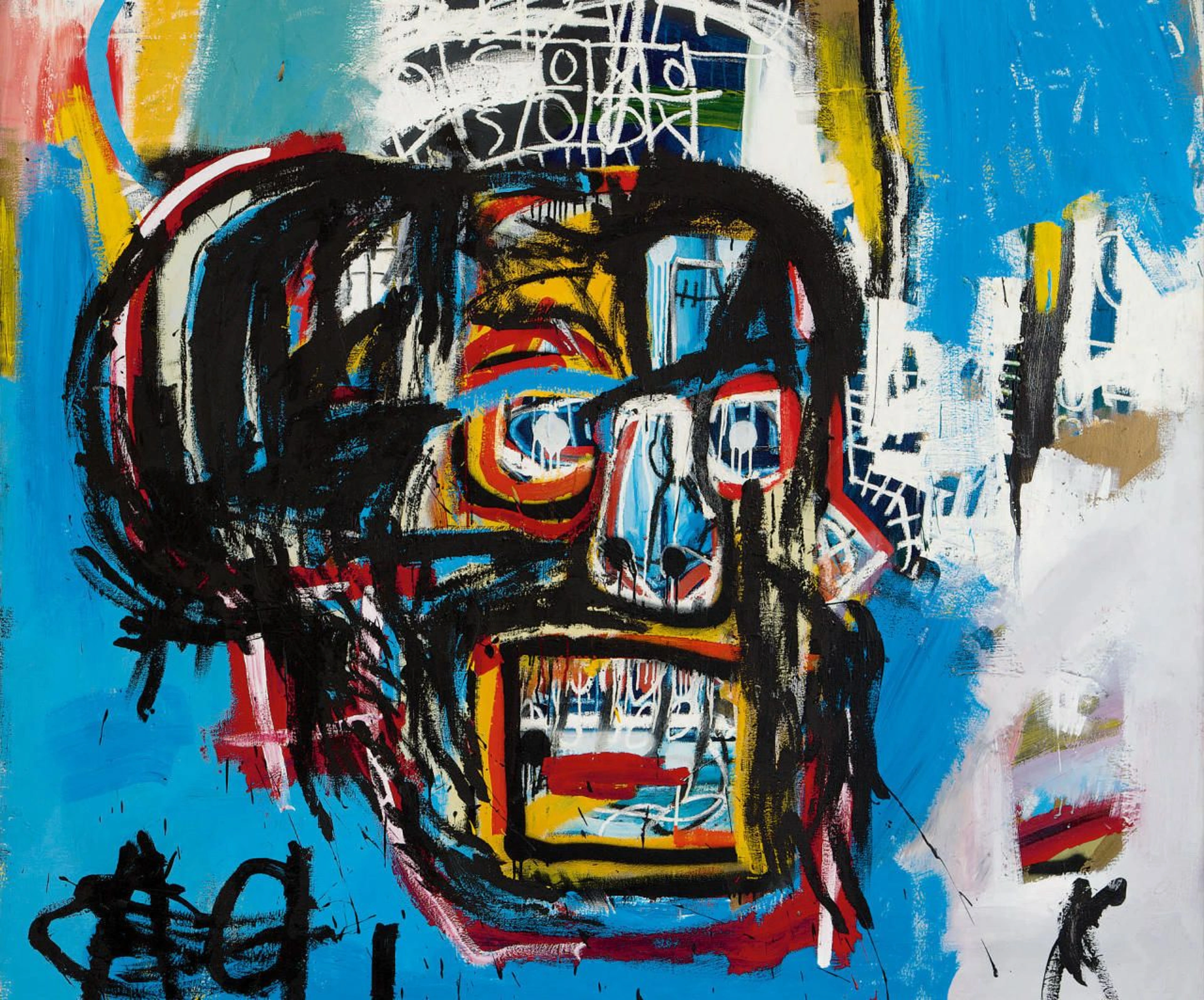
Abstract Art Provenance: Uncovering History, Value & Ethical Ownership
Become an art detective! Explore the personal journey of tracing abstract art provenance, understanding its value, authenticity, and ethical lineage. Deeply connect with your collection's hidden stories.
Unraveling the Threads: Tracing the Provenance of Your Abstract Art Collection
I often wonder about the journeys objects take before they land in my life. A forgotten teacup, a peculiar pebble, or, most profoundly, a striking piece of abstract art hanging on my wall. Each one carries an invisible history, a whispered story of hands that held it, eyes that admired it, spaces it occupied. And for us collectors of the non-representational, understanding this journey – its provenance – isn't just about validating a purchase; it's about connecting to the very soul of the artwork by understanding its lived experience. This guide will walk you through the fascinating, sometimes challenging, process of uncovering that hidden past.
I admit, sometimes I'm a bit of a sentimentalist. Who isn't, really? But isn't there something profoundly human in wanting to know where things come from? It’s not just the facts; it’s the narrative, the sense of lineage that truly enriches our connection to a piece. For me, it's like learning the secret life of a quiet friend.
Why Provenance Matters – More Than Just a Receipt
Why should you bother digging into an artwork's past? Let’s be honest, the word "provenance" sounds a bit fancy, doesn’t it? Like something whispered in hushed tones in grand auction houses. But strip away the velvet ropes, and what you have is a crucial historical record of ownership.
Why bother with this art-world detective work?
- Authenticity: This is often the big one. In the swirling, subjective world of abstract art, where lines and forms defy easy interpretation, a robust provenance can be your best friend in verifying that your piece is indeed by the artist it’s attributed to. This means looking for exhibition records that confirm the artwork's presence, mentions in an artist's catalog raisonné, or even previous documented sales of similar works to establish a clear lineage. Nobody wants a beautiful fake, even if it looks good.
- Value: An unbroken, well-documented chain of ownership significantly enhances both the monetary and insurance value of an artwork. It provides confidence to future buyers, should you ever decide to part with your beloved piece (though I rarely do!).
- Ethical Considerations: Sadly, art theft and illicit trade are real. Tracing provenance helps ensure your collection isn't unknowingly contributing to this dark side of the art world, preventing the sale of looted art or works with problematic ownership histories. For instance, imagine acquiring a piece only to later discover it was confiscated during wartime or acquired through exploitation. Robust provenance research helps you avoid such ethical quandaries and be a responsible custodian.
- A Deeper Connection: This is where my sentimental side kicks in. Knowing who owned a piece before me, where it was exhibited, or even just the gallery it first called home, adds layers of meaning. Understanding the context of previous ownership – perhaps a collection known for a certain style or a gallery focused on a specific movement – can offer profound insights. It's like finding old letters from previous inhabitants of your house; suddenly, the walls feel less silent. It allows me to connect with the history of abstract art on a personal level.
The Nuance of Abstract Art: A Unique Challenge
Now, tracing the history of an Old Master portrait might seem straightforward – there are usually established archives, records, and scholars. But abstract art, with its often enigmatic nature, presents its own fascinating challenges.
A portrait shows a face. With abstract art, the story often is the face, not literally, but in the narrative of its creation and context, hidden in plain sight. That story relies heavily on its provenance. Without a clear subject to identify, fakes can be harder to spot, making the artist's original intent and philosophy even more paramount. This is why understanding how to decode abstract art is so vital; it helps you appreciate the narrative even when it’s non-representational. For these non-representational works, external documentation often holds more weight than visual analysis alone. We look for records of an artist's exhibitions, their own statements in letters or interviews, comprehensive ultimate guide to an artist or their oeuvre, and even published manifestos or critical essays from their time of creation to truly grasp its meaning and verify its origins. Furthermore, understanding the specific medium and materials an artist used – their preferred pigments, canvas, or unique techniques – can also be a crucial part of provenance verification, often revealing inconsistencies if a piece is not authentic or from the stated period.

Consider the dynamic brushstrokes of a Gerhard Richter abstract painting.

Or the stark, conceptual power of a Christopher Wool piece.
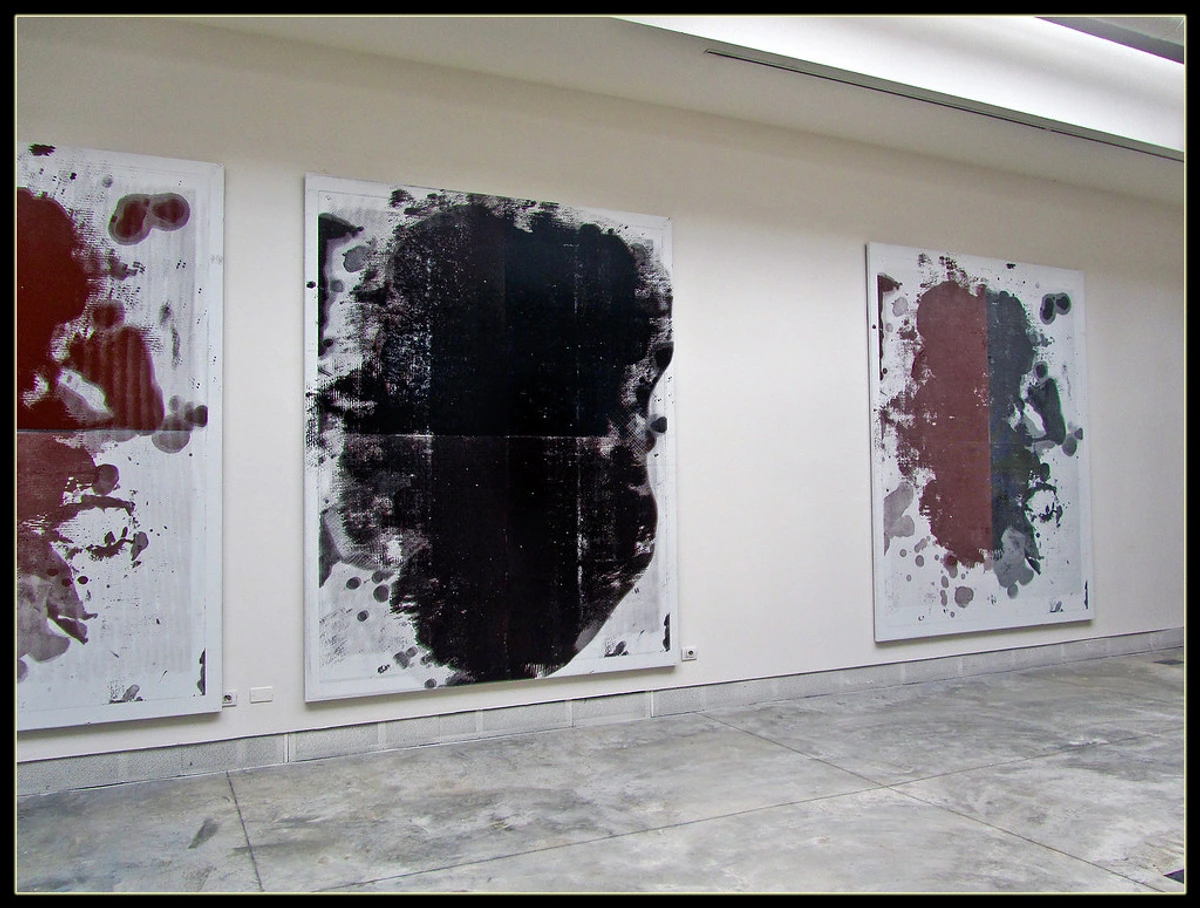
Their very abstractness means that external documentation often holds more weight than visual analysis alone. So, how do we actually go about uncovering these hidden narratives?
Becoming an Art Detective: Your Provenance Playbook
Alright, put on your metaphorical trench coat and grab your magnifying glass, because we're going on a treasure hunt... for documents! This isn't about solving a crime, but rather piecing together a fascinating puzzle.
The Paper Trail: Your First Clue
This is where your inner archivist shines (or sighs, if you're like me and your filing system is "the pile on the left," which sometimes, okay often, resembles a well-fed paper monster). I once spent an entire afternoon frantically searching for a sales invoice I knew I had, only to find it neatly tucked inside a book I'd read months ago. Lesson learned: meticulously organized paperwork is a superpower. Start a dedicated folder for each piece in your collection; future you will thank present you profusely.
- Certificates of Authenticity (COA): These are often issued by the artist, their estate, or a reputable gallery. They’re a fantastic starting point.
- Bills of Sale & Invoices: Proof of purchase is fundamental. Make sure it lists the artist, title (if applicable), date, medium, and dimensions.
- Exhibition Catalogs & Publications: If your art has been shown publicly, it might be listed in a catalog. This places your piece in a specific historical context. Also, look for mentions in art criticism or reviews from the time it was exhibited; these can offer valuable contemporary interpretations.
- Appraisal Reports: Independent appraisals will often include a provenance section.
- Correspondence: Any letters or emails between previous owners, galleries, or the artist themselves can offer crucial insights.
- Artist Signatures: Over time, an artist's signature can evolve. Understanding these changes and comparing them to documented examples, noting their style, placement, and even the medium used (ink, paint, pencil), is a subtle but important part of verifying authenticity and dating a work.
Now, what secrets might your own paper trail be hiding?
The Digital Dig: Online Resources
In our hyper-connected world, the internet is an indispensable tool for provenance research. It’s like endlessly scrolling social media, but for art – a digital treasure hunt where the 'likes' are historical records and the 'shares' are museum acquisitions. And the feeling of discovering a key piece of information? Far more satisfying than any cat video, believe me.
- Auction House Databases: Major houses like Sotheby's, Christie's, and Phillips have extensive online archives of past sales. You can often search by artist, title, or date to see if your piece (or similar works) has appeared before. Even if your exact piece isn't found, sales of other works by the same artist from the same period can help establish a baseline for authenticity and value.
- Art Market Databases: Subscriptions to platforms like Artnet and Artprice offer access to millions of auction results and art market data worldwide. These are invaluable for establishing sales history and market trends.
- Gallery Archives & Artist Websites: Many reputable galleries maintain online archives of past exhibitions and artists they represent. Similarly, artists themselves (or their estates) might have comprehensive online records.
- Museum Collections: If an artist has had works acquired by museums, their websites often detail the provenance of those pieces, which can provide a template or context for your own research.
Resource Type | Examples | What to Look For |
|---|---|---|
| Paper Trail | COAs, Invoices, Exhibition Catalogs, Letters, Appraisals | Direct ownership, exhibition history, artist notes, critical reception |
| Digital Dig | Auction databases, Artnet/Artprice, Gallery/Museum Archives | Sales history, market trends, public records, artist's oeuvre |
| Human Connection | Previous owners, Dealers, Historians, Conservators | Verbal accounts, forgotten documents, expert verification |
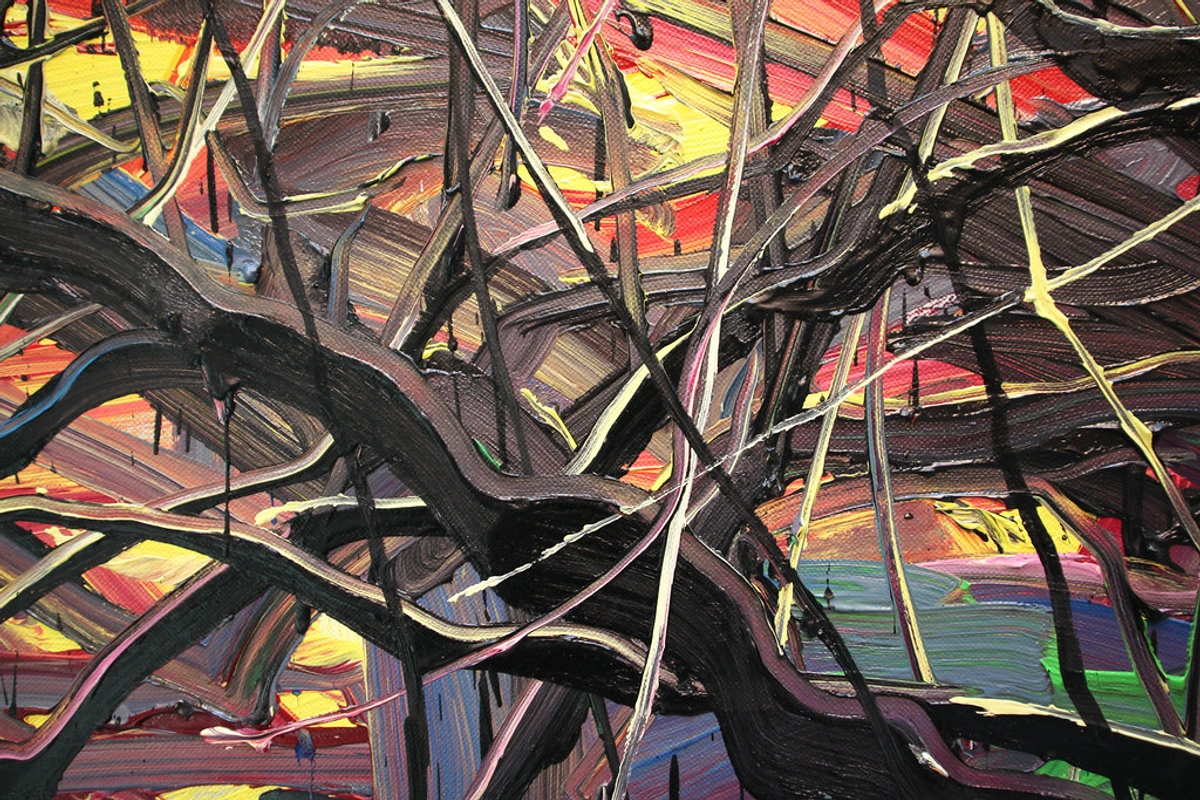
The Human Connection: Asking Around
Sometimes, the best search engine is a well-placed conversation. Don’t underestimate the power of networking and direct inquiry. Though I admit, reaching out to strangers about their past possessions can feel a bit like asking for their secret diary, it’s often incredibly rewarding. My initial apprehension when contacting an art historian about a potentially unknown work was quickly replaced by excitement as they provided invaluable context I couldn't find anywhere else. The art world, despite its perceived exclusivity, is often filled with genuinely passionate individuals eager to share knowledge.
- Previous Owners: If you know who owned the piece before you, reach out! They might have forgotten documents or stories that could fill gaps in your research. Remember to be respectful of their privacy and time, framing your inquiry as a genuine interest in the artwork's history.
- Reputable Galleries & Dealers: The gallery you purchased from (if applicable) is your first point of contact. They should have records and be able to assist. Even if you acquired it elsewhere, a gallery specializing in your artist might offer insights.
- Art Historians & Appraisers: Professionals in the field can provide expert opinions, often having access to specialized databases or academic resources.
- Art Foundations & Estates: For many established artists, their foundations or estates are the ultimate authority on their work and often maintain comprehensive archives and records essential for verifying provenance.
- Conservators: Art conservators sometimes encounter provenance details during their work, especially if previous repairs or restorations are documented. Their reports often become part of an artwork's overall provenance documentation.
What You're Hunting For: The Chain of Title
Ultimately, you’re aiming to establish a complete, unbroken chain of title – a sequence of ownership from the artist right up to you. Think of it like a family tree for your artwork.
Be aware of red flags that might indicate gaps or issues:
- Missing Ownership Periods: Large stretches of time where the artwork's whereabouts are unknown.
- Vague Descriptions: Descriptions of the artwork that are too generic to conclusively identify it.
- Private Sales Without Documentation: While not inherently problematic, a series of undocumented private sales makes verification much harder.
- Unusually Low Prices: If a piece by a known artist is significantly undervalued, it can be a warning sign (though sometimes it's just a lucky find that warrants extra scrutiny!). If it seems too good to be true, my internal alarm bell (which I sometimes listen to) usually starts ringing.
- Problematic Ownership History: Beyond outright theft, this could include artworks acquired under duress during periods of conflict, or those sold due to unethical financial pressure, or even items with unclear ownership due to historical circumstances. Ensuring your art has a clean ethical lineage is as important as its legal one.
It’s also worth noting the distinction between legal title (who rightfully owns it) and physical possession (who has it). Provenance helps bridge that gap, ensuring you have both.
A Personal Anecdote: The Ghost of a Story
I once acquired a piece, a vibrant abstract, that felt like it had a secret. It wasn't wildly expensive – I actually found it in a small, slightly dusty gallery many years ago – but it spoke to me. The colors, the movement, the raw energy... it just resonated. I mean, my own art for sale aims for that same kind of connection.
When I got it home, I started my usual, slightly obsessive routine of researching. I spent weeks trying to piece together its past. The gallery owner was elderly and a bit hazy on details, only remembering it was part of a group show decades ago. No grand tale of famous owners or international exhibitions, initially. Just a quiet, almost forgotten piece.
But I persisted. I cross-referenced old exhibition catalogs (some found in local library archives!), searched early online art databases, and even put out feelers in online art forums. Turns out, the artist, an abstract expressionist from the 70s, had briefly moved abroad and then largely disappeared from the public eye—a not uncommon fate for artists whose work didn't always align with prevailing trends, or who simply chose a quieter life. The piece I had was from one of their earlier, less documented periods. No big scandal, no hidden treasure, just a quiet journey. But knowing its humble beginnings, understanding that brief period in the artist's timeline when they were still finding their voice, made it mine in a deeper, more personal way. It reinforced my belief that even if you buy directly from an artist, the story starts there and then. Every piece has a journey. Perhaps your collection, too, holds a similar quiet story waiting for you to uncover it.
Consider a piece like Mondrian's "Composition No. IV". Its journey through the avant-garde movements of the early 20th century, from De Stijl exhibitions to private collectors, would be a rich tapestry reflecting pivotal moments in abstract art history. The stories it could tell!
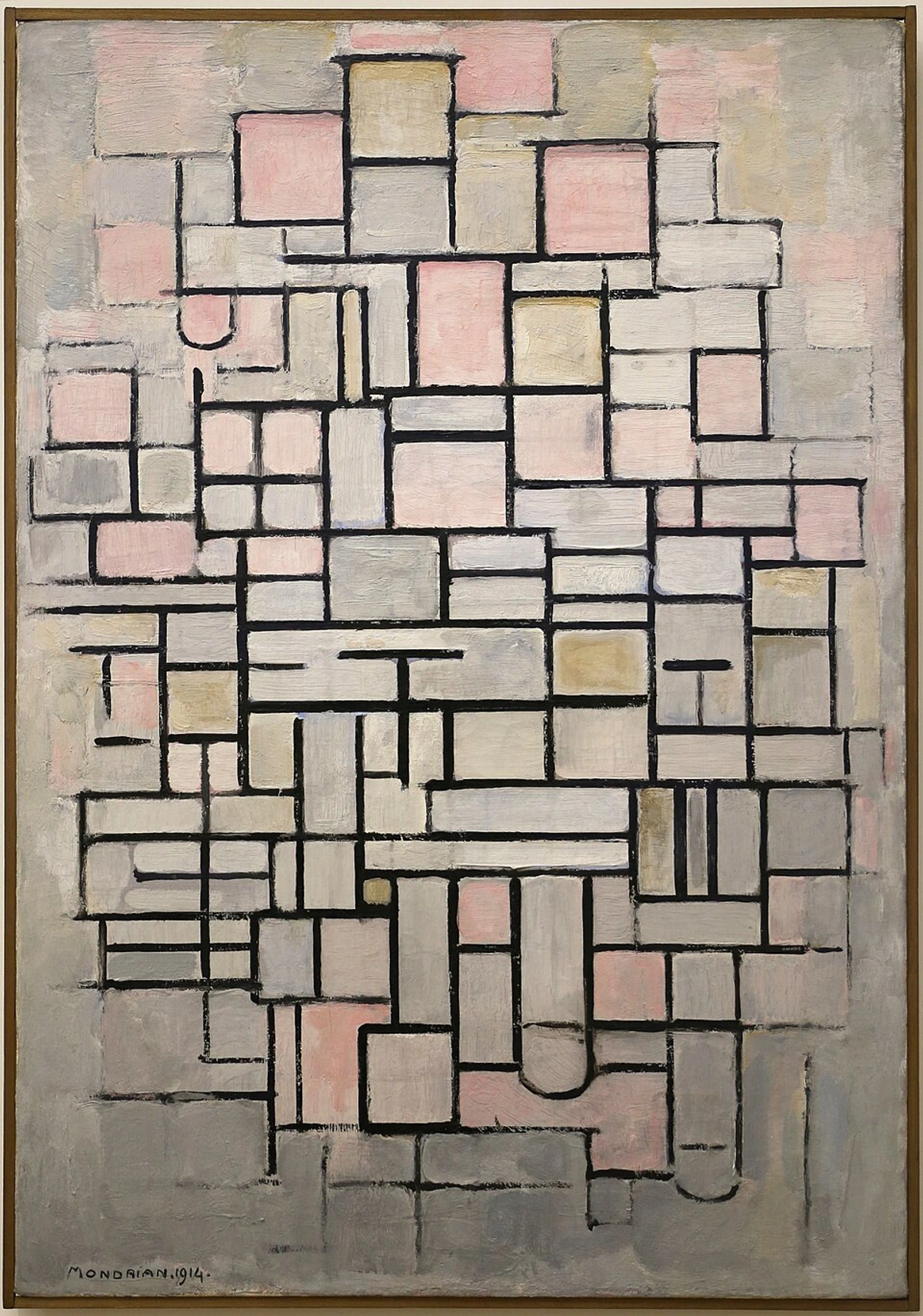
Or the vibrant energy of Jean-Michel Basquiat's "Untitled Skull Painting". Its provenance would be a whirlwind tour through the frenetic New York art scene of the 80s, each owner adding a new layer to its legacy.
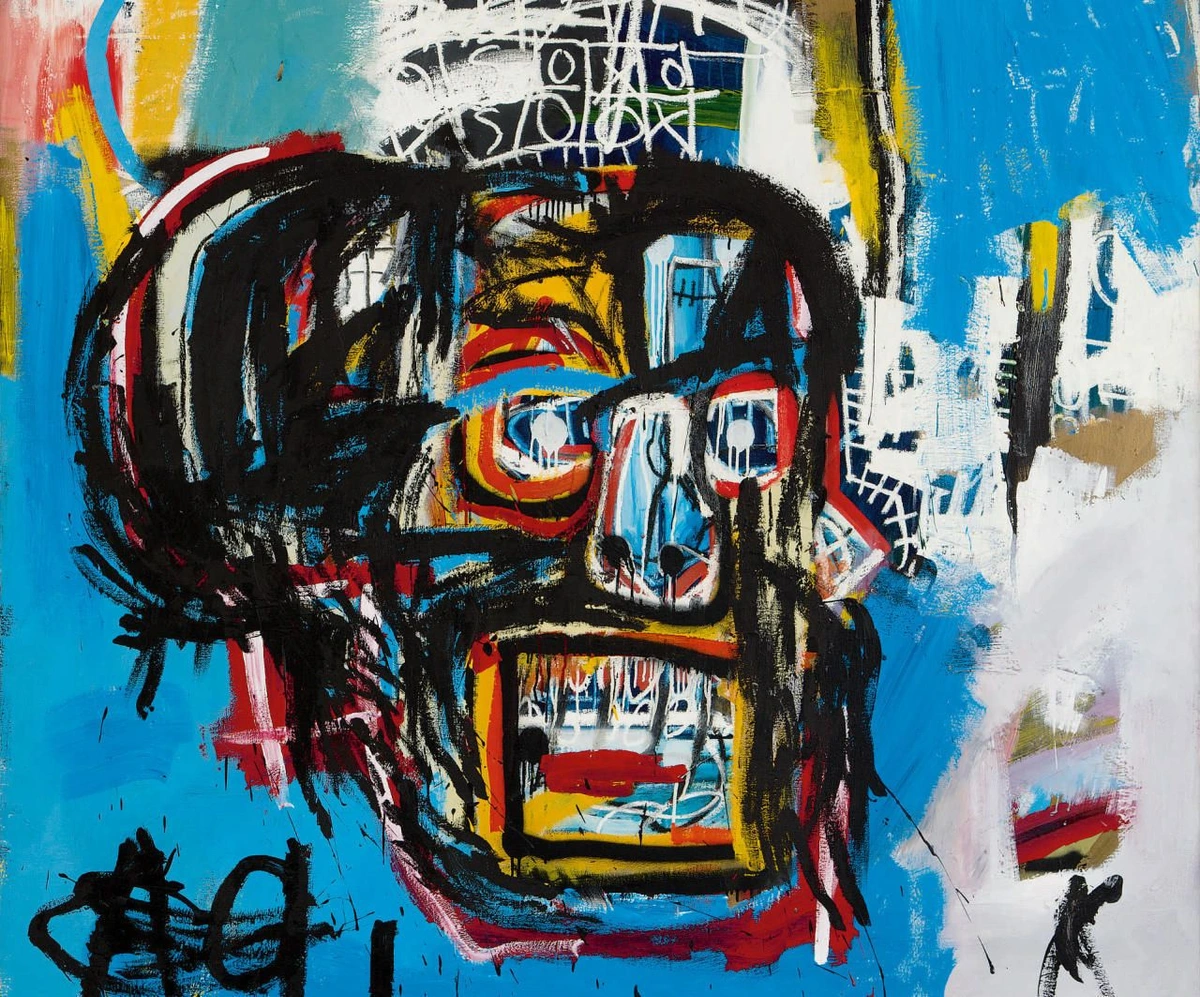
FAQ: Your Provenance Queries Answered
Q: Is provenance research only for expensive, museum-quality art?
A: Absolutely not! While it’s critical for high-value pieces, understanding the history of any artwork enriches your appreciation and can protect your investment, no matter the price tag. It's about adding depth, not just dollars.
Q: What if I can't find a complete provenance for my abstract art?
A: Don't despair! Many artworks, especially those from less documented periods or artists, will have gaps. Document everything you do know – even just the gallery it was purchased from and the date is valuable. Even partial provenance is better than none and can still add significant value and insight. My own early works, as you might see on my timeline, often have less formal records, so I understand the challenge.
Q: How should I approach provenance research for a very early or emerging artist?
A: For artists just starting out or from periods with scarce documentation, focus on direct communication. Engage with the artist themselves (if living), their primary gallery, or early collectors. Keep meticulous records of all communications, sales, exhibitions, and any personal statements. This proactive documentation becomes the foundational provenance for future generations.
Q: Can provenance information be faked?
A: Unfortunately, yes. Sophisticated forgers don't just fake artworks; they can fake documents too. This is why cross-verification, consulting multiple sources, and working with reputable experts are crucial. If something feels off, trust your gut (and then get a second opinion!).
Q: Does owning art with a broken provenance make it worthless?
A: Not necessarily. Its aesthetic value remains, of course. However, its market value might be reduced, and selling it could be more challenging. It simply means you'll need to be transparent about the known history (or lack thereof).
Q: What role do art conservators play in provenance research?
A: Art conservators, with their intimate knowledge of materials and techniques, can sometimes uncover hidden clues about a work's history, previous repairs, or even hidden signatures during examination and restoration. Their reports often become part of an artwork's overall provenance documentation.
Conclusion: The Unseen Layers of Your Collection
Tracing the provenance of your abstract art collection might seem like a daunting task, a meticulous dive into dusty archives and digital databases. But for me, it’s a journey of discovery, a way to connect more deeply with the objects I cherish. It turns a static image into a living narrative, imbuing it with the rich tapestry of its past.
It offers peace of mind regarding authenticity and ethical ownership, and yes, it protects your investment. But more than that, it reveals the unseen layers, the quiet stories, and the human connections woven into every brushstroke and every line. It's a journey into the artwork's soul, and maybe a little bit into your own.
So, what stories might your own collection hold, waiting to be unearthed?




